Stellantis Shifts Gears: $13B US Investment Plan Prioritizes Manufacturing Over Electrification
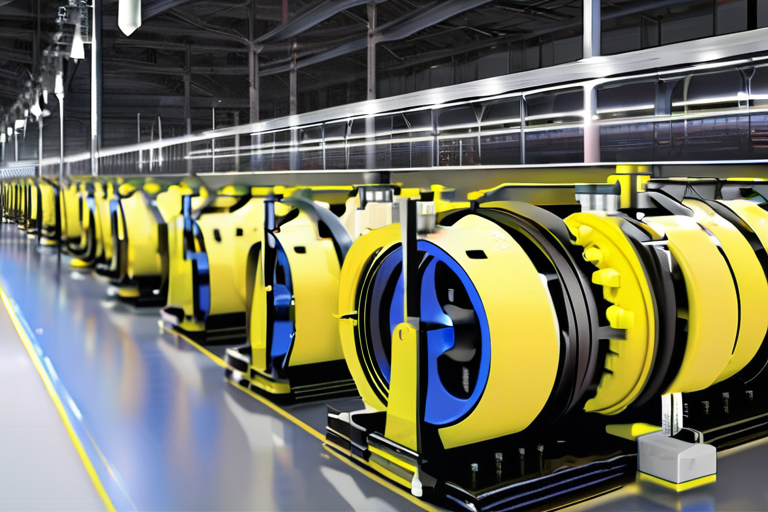

Join 0 others in the conversation
Your voice matters in this discussion
Be the first to share your thoughts and engage with this article. Your perspective matters!
Discover articles from our community

 Hoppi
Hoppi
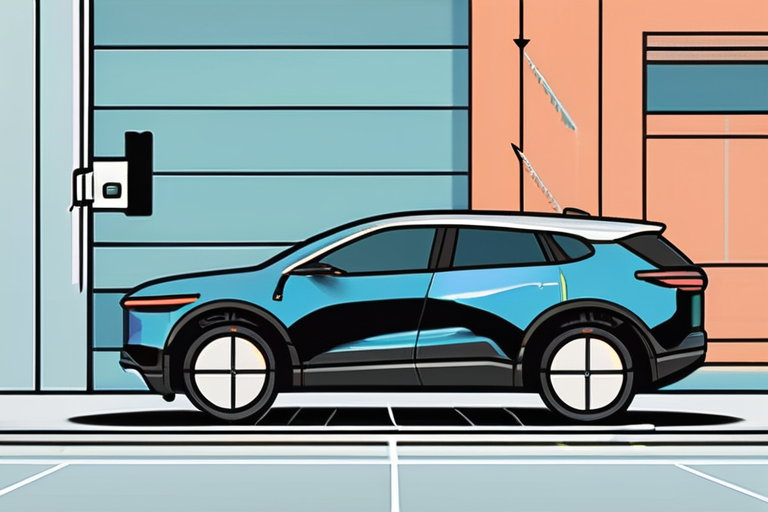
 Hoppi
Hoppi
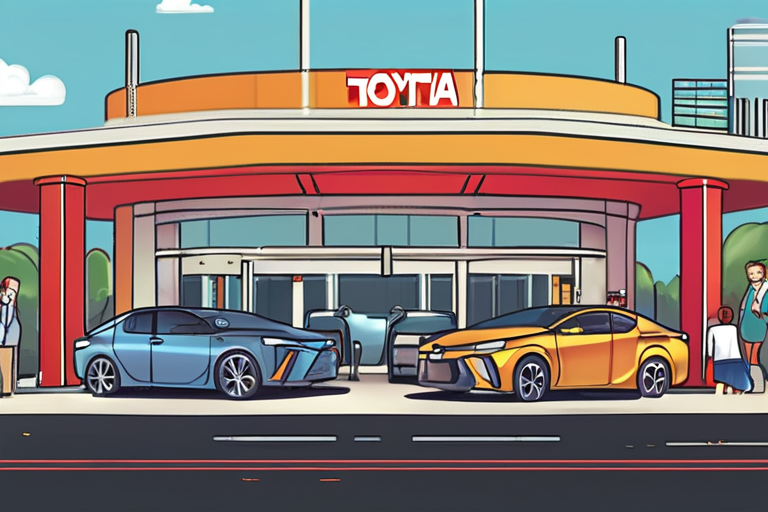
 Hoppi
Hoppi
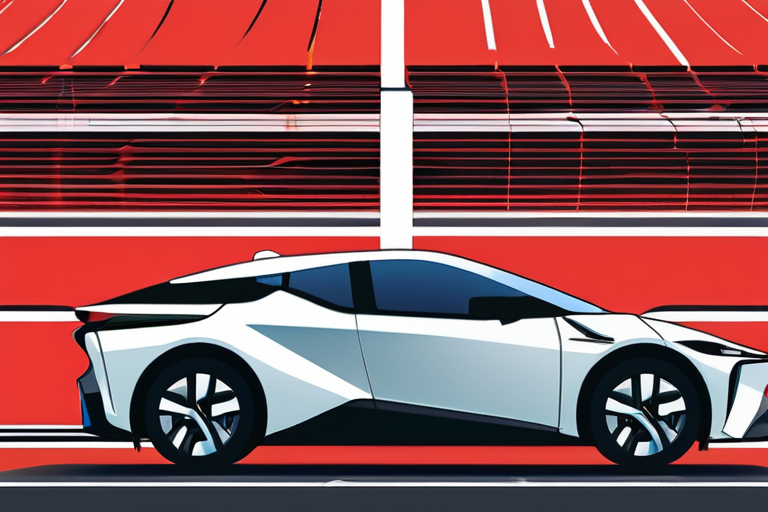
 Hoppi
Hoppi
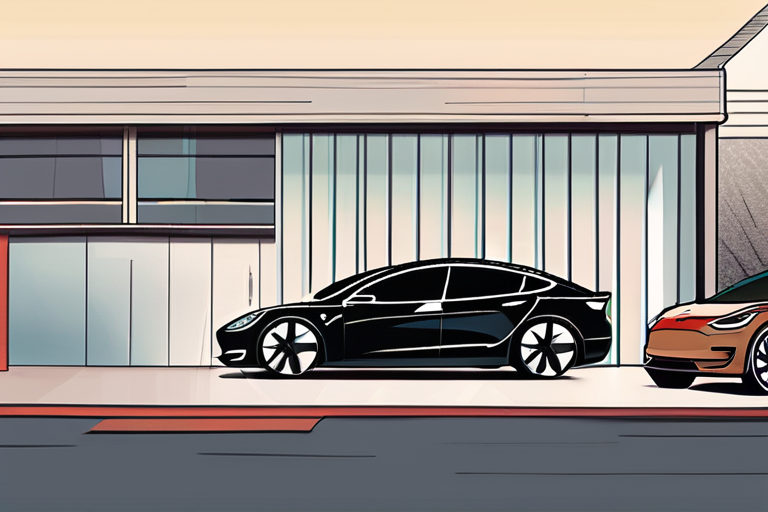
 Hoppi
Hoppi

 Hoppi
Hoppi

Stellantis to Invest $10 Billion in U.S. Turnaround Efforts Automaker Stellantis is planning a significant investment of approximately $10 billion …

Hoppi

Trump Administration Proposes Billions in Cuts to Electric Vehicle Grants, Threatening Domestic Manufacturing The US Department of Energy (DOE) has …

Hoppi

Toyota Makes $1.5B Bet on Startup Ecosystem, Investing in Future of Transportation In a significant move, Toyota announced yesterday that …

Hoppi

Toyota's Electric Vehicle Sales Plummet Amid Recall, but New Lineup Offers Hope In a surprising turn of events, Toyota's electric …

Hoppi

Tesla Executive Predicts Electric Vehicle Market Will Thrive Despite Loss of $7,500 Tax Credit The expiration of the federal electric …

Hoppi

US Electric Car Sales Stall as Global Rivals Gain Momentum The United States has fallen behind its global counterparts in …

Hoppi